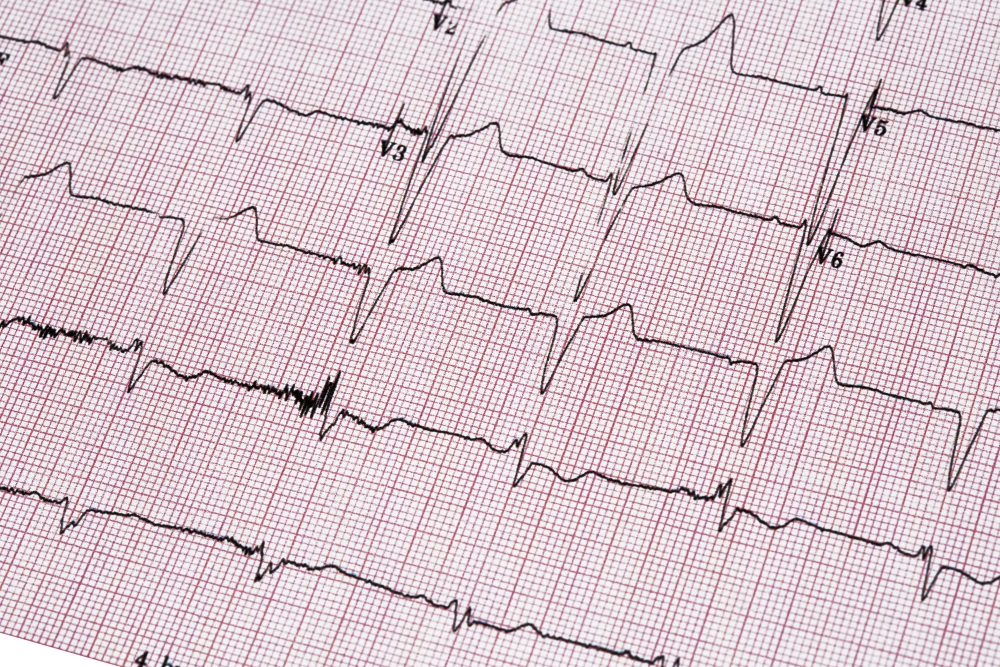Echocardiogram
Overview
An echocardiogram (echo), also called a Doppler or heart ultrasound, is a noninvasive test that uses sound waves to create a moving picture of the heart in adults and children. Just as a baby can be visualized with ultrasound, pictures of the heart can help doctors evaluate the heart’s structures, including the muscles and valves. Doctors may be able to see a hole in the wall that divides the left and right sides of the heart or a deformity of a heart valve, for example, as well as the following:
- The motion of the muscular walls in the heart’s lower chambers (ventricles) – This provides insight into the heart’s pumping power.
- The flow of blood within the heart – This can be seen on a color Doppler echocardiogram and helps doctors identify and assess such abnormalities as a leaky heart valve.
- Pressure differences between one part of the heart and another – This can help detect heart muscle or valve problems.
-

Types of echocardiography
There are three types of echocardiography:
- Transthoracic echocardiogram (TTE) – This echocardiogram takes images within the thorax (chest) from the skin’s surface without devices entering the body.
- Transesophageal echocardiogram (TEE) – With a TEE test, images are taken from within the esophagus (food pipe). This test can provide more detailed images than traditional echocardiography.
- Intracardiac echocardiogram (ICE) – With an ICE test, images are taken from within the heart, which is usually reached via the vein in the groin. Like a TEE test, an ICE test can provide more detailed images than traditional echocardiography. An angiogram is typically performed with an ICE test.